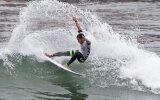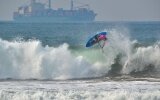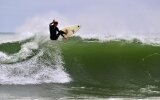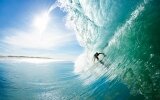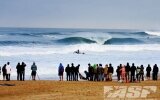- Magazine
- #readityourway
- Weekly Stories
- #shareyourstory
-
Adventure
- Abroad Travelling
- Africa Travelling
- Events
- Expos & Shows
- Festivals
- Fishing
- Free Diving
- Gliding
- Horse Riding
- Inspiring People
- Islands Travelling
- Kite/Windsurfing
- Motorbiking
- Motorised Water Sports
- Mountaineering
- Mountain Biking
- Off-road 4x4
- Off-road Motorbiking
- Paddling
- Performance Driving
- Photography
- Rock Climbing
- Rollerblading
- Sailing
- Scuba Diving
- Skateboarding
- Skydiving
- Snowboarding & Skiing
- Surfing
- Swimming
- Trail Running
- Wakeboarding
- Waveski Surfing
-
Sport
- Adventure Racing
- Fishing
- Free Diving
- Gliding
- Health & Fitness
- Horse Riding
- Inspiring People
- Kite/Windsurfing
- MMA
- Motorbiking
- Mountain Biking
- Multi-sport
- Off-road 4x4
- Off-road Motorbiking
- Paddling
- Performance Driving
- Photography
- Road Cycling
- Road Running
- Rock Climbing
- Rollerblading
- Sailing
- Scuba Diving
- Skateboarding
- Skydiving
- Snowboarding & Skiing
- Surfing
- Swimming
- Rugby
- Trail Running
- Triathlon
- Wakeboarding
- Waveski Surfing
- Lifestyle
- Calendar
Surf's Up in Saint-Leu
Words: Andy Davis ǀ Photos: Greg Ewing
Category:
Surfing
It’s funny that many South African surfers don’t know much about the island of Réunion. This volcanic outcropping collects most of the swell that pushes up into the Indian Ocean from the Antarctic. The waves are incredible, the water is clean, warm, and tropical, the women are both attractive and friendly, and it’s the closest first-world country to South Africa in the sense that the island is a French 'department', much like Tahiti. It also offers some of the finest tropical surf real estate on the planet. Hossegor is nice, but it’s not Saint-Leu or Teahupo’o; the French know what’s important.
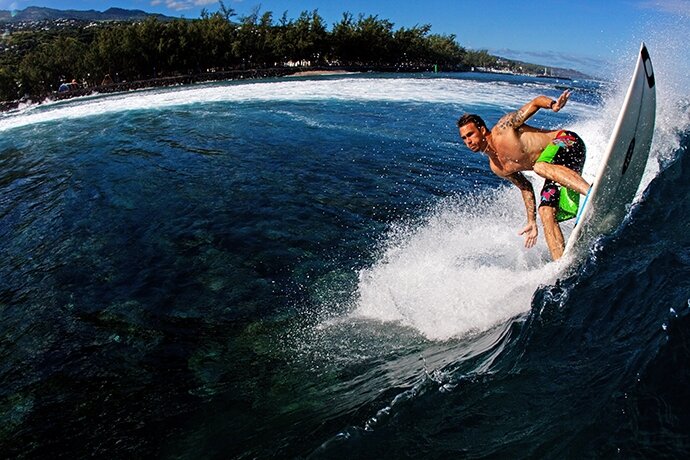
It’s funny that many South African surfers don’t know much about the island of Réunion. This volcanic outcropping collects most of the swell that pushes up into the Indian Ocean from the Antarctic. The waves are incredible, the water is clean, warm, and tropical, the women are both attractive and friendly, and it’s the closest first-world country to South Africa in the sense that the island is a French 'department', much like Tahiti. It also offers some of the finest tropical surf real estate on the planet. Hossegor is nice, but it’s not Saint-Leu or Teahupo’o; the French know what’s important.
Thing is, despite its proximity to us, you don’t bump into a lot of South Africans on Réunion. But everyone on the island knows at least one Saffa, and his name is Davy Stolk.
We were staying at a place called the Big Bird Lodge, which is directly opposite the hallowed curl of Saint-Leu, the epicentre of Réunion’s surfing universe. It’s surfing quality in the same mould as G-Land and Uluwatu. The wave dominates the town. There’s a whole network of legends, kooks (novice surfers), and freaks orbiting this perfectly shaped reef. Their sole purpose, it would seem, is just to ride it and live out the rest of their laid-back lives on its fringes. It’s that good. The village has distinctive Catholic and Creole influences and plods along at a chilled island pace, but you can get whatever you want on the main drag, from chemists to supermarkets and an assortment of restaurants and cafes. Most importantly, you can drink coffee and eat fresh croissants each morning as you check the surf.
Out of the water everyone is friendly and accommodating, sharing knowledge and retelling tales of glory and misfortune. They buy you drinks, invite you to parties, and introduce you to their sisters. But the water washes all that away. There’s a strict hierarchy in the Saint-Leu line-up: legends, locals, almost-locals, actual hard men, pseudo-hard men, wahines (the gals), travellers, groms (young surfers), and kooks. When it’s firing, it can have 50 people paddling all over it. Other times it will be cranking with only a handful. The crowd ebbs and flows like the tide. You have to pick your moment, watch, and strike when you see it’s on.
At the moment, the whole island is on a bit of a surfing lockdown because of a few shark attacks. Well, five fatalities in two years are enough to put everyone on edge. It's done wonders for thinning out the crowd, but has added a few heaped spoonfuls of paranoia and fear to the idea of surfing on the island. But really, as I said before, you just need to pick your moments.
Because surfing Saint-Leu is such an incredible experience, you take off at the top and it’s a racy left. You can get two, maybe three turns in before it suddenly starts to bend around the reef and jack at the same time. Suddenly you do a turn and it’s like dropping in on a wave twice the size as the one you’ve been surfing, as it swings and bowls around a 90-degree corner and just unloads over lurking coral. There are good barrels, but it’s not a tube machine. Saint-Leu is about smashing the lip, as hard as you can, and its unique bowl actually pushes you from one turn into the next, going faster each time. Tube or turn, it’ll make you scream. You’ll also scream a little every time you have to clean your wounds. After a few weeks in this place I can’t remember how long I’ve been here. All my clothes are dirty, so I just wear the same boardies I surf in. At least they get washed once, maybe twice a day in the sea. You can’t fathom wearing jeans or closed shoes ever again.
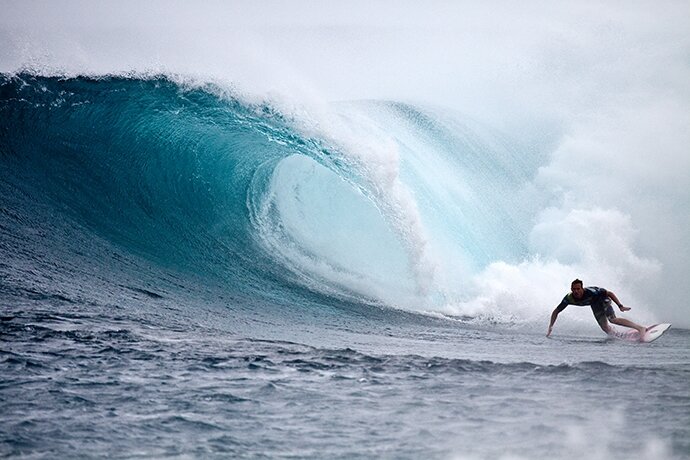
The daily ritual of waking up and looking at the surf and walking down to the café for coffee and croissants has become habitual. Waves and sessions meld into one long tropical memory. As do meals, beers, and the people you share them with.
You begin to feel at home. Accustomed. You look forward to the post-surf baguette and café lunchtime ritual. The things that were once new and strange have become comfortable.
And then it's time to go home.
Travel tips
If you are considering a surfing trip to Réunion, here are some tips:
• No vaccinations are needed to enter Réunion.
• SA passport holders no longer need to apply for a visa, making things a lot easier.
• Recommended accommodation is the Dodo Spot in Saint-Leu.
• If you want to eat and drink in restaurants, compared to South Africa, prices vary from average too expensive, but it’s really up to you on how much and how fancy you want to go.
• The best wave is Saint-Leu, but there are many other surfing spots on the island to explore. Just remember to respect the locals when surfing and you won't have any issues getting waves. The best board is the regular shortboard.
• The local currency is Euros, so it’s not cheap, but I also wouldn’t say it's expensive.
• The easiest way to get around is by hiring a car.
• When the surf is small, consider a day trip to the Piton de la Fournaise volcano and spectacular waterfall of Trou de Fer.
• The best time of year to go surfing is from May to August.
• When in the water, keep an eye out for sharks, as there have been a few shark attacks recently. Use your common sense and don’t surf early in the morning or in the evening, and judge if it is safe by the local surfers.
Related content
|
|
|
|
|
|
|
|
|
|



